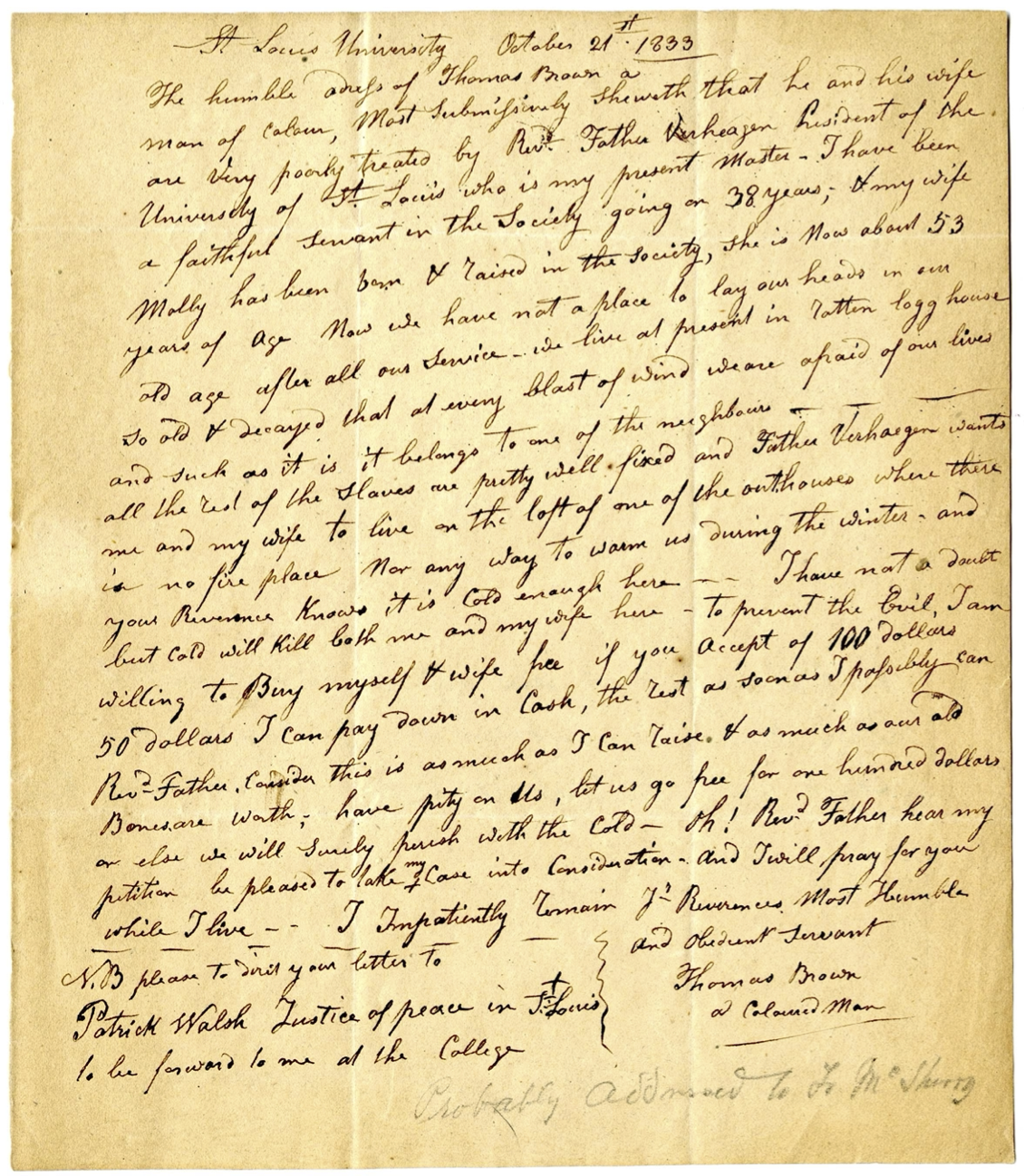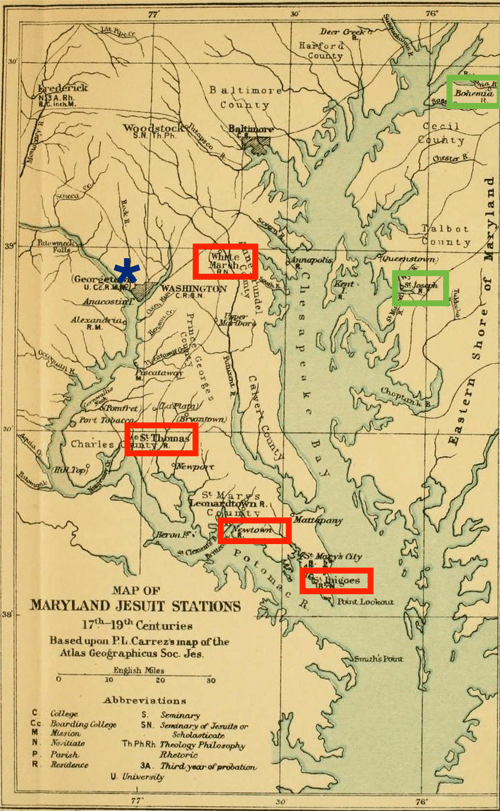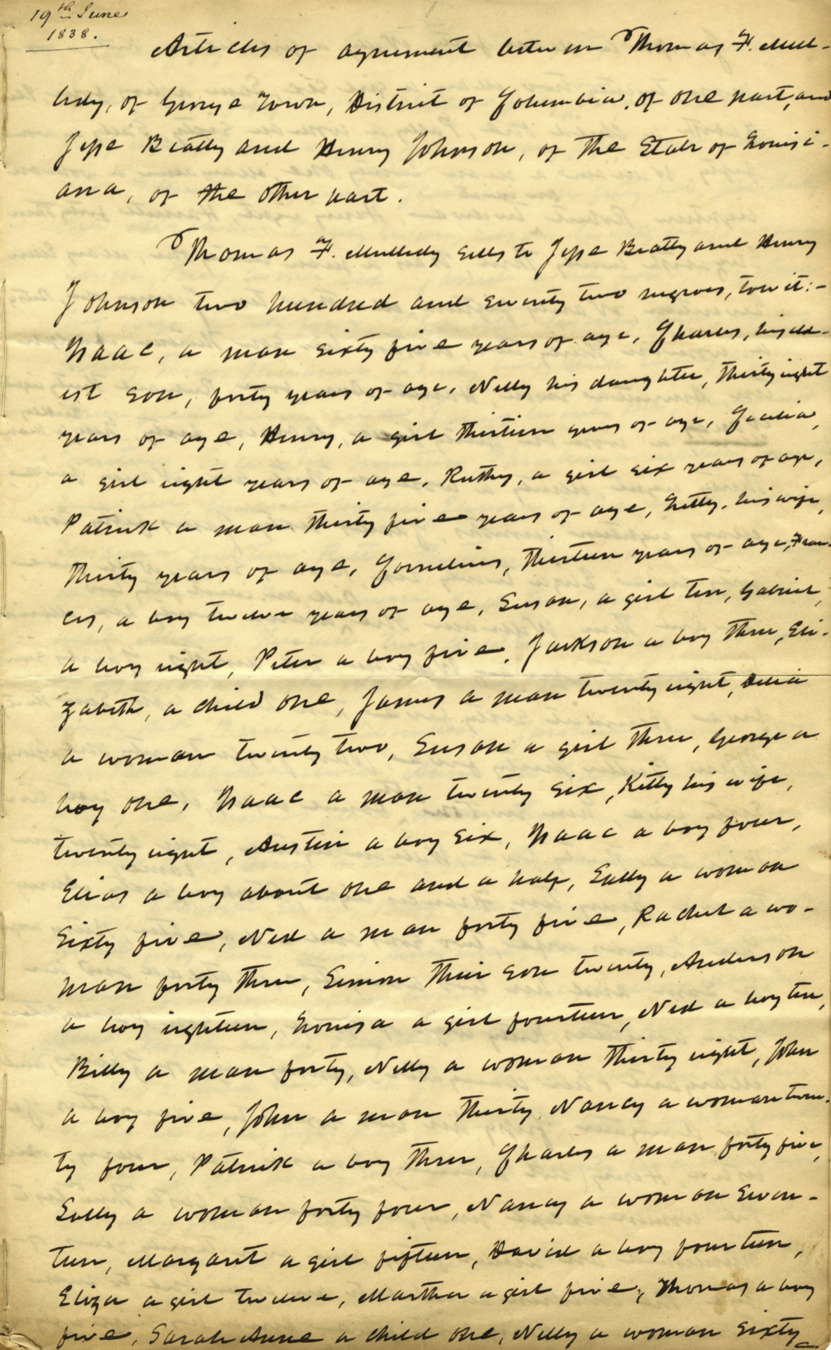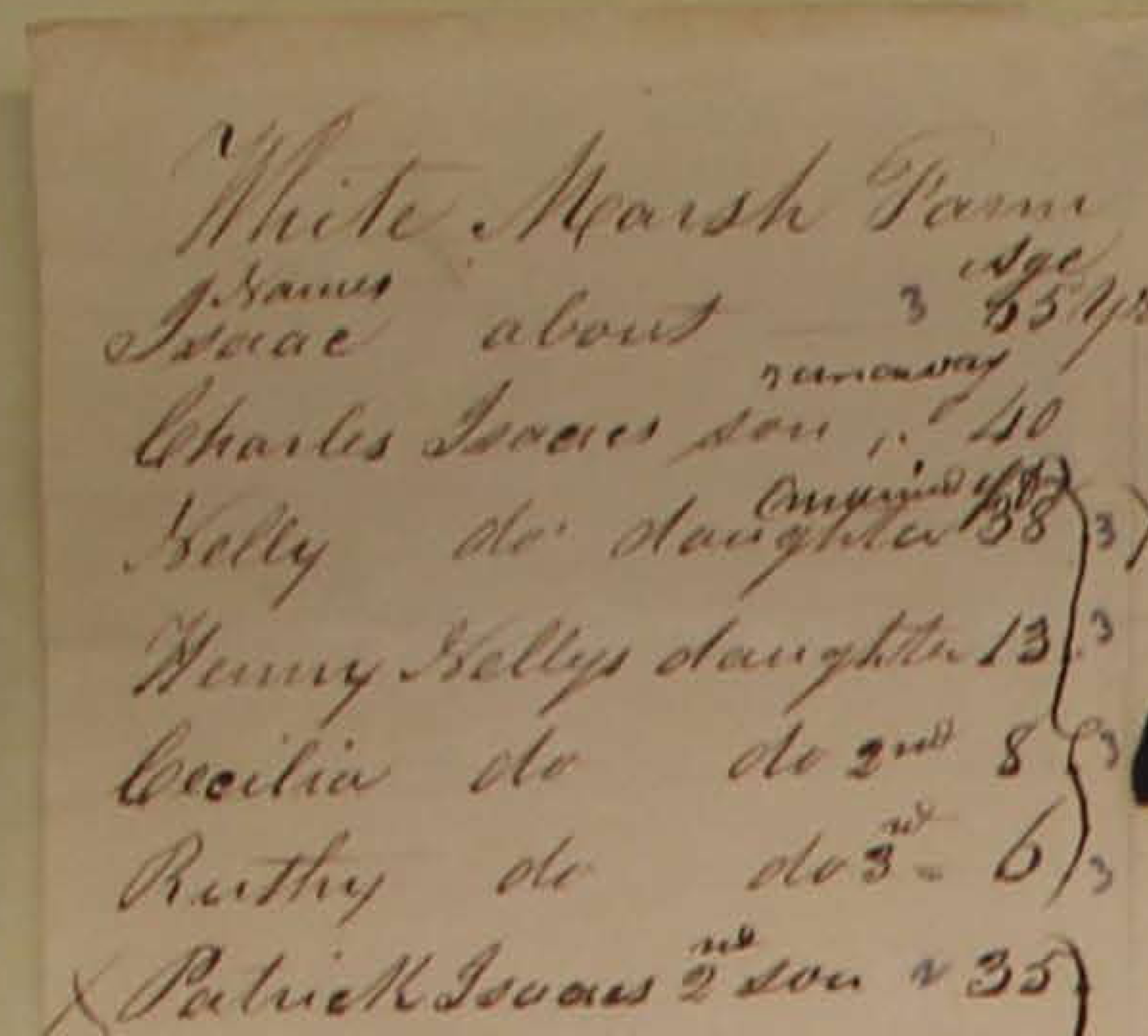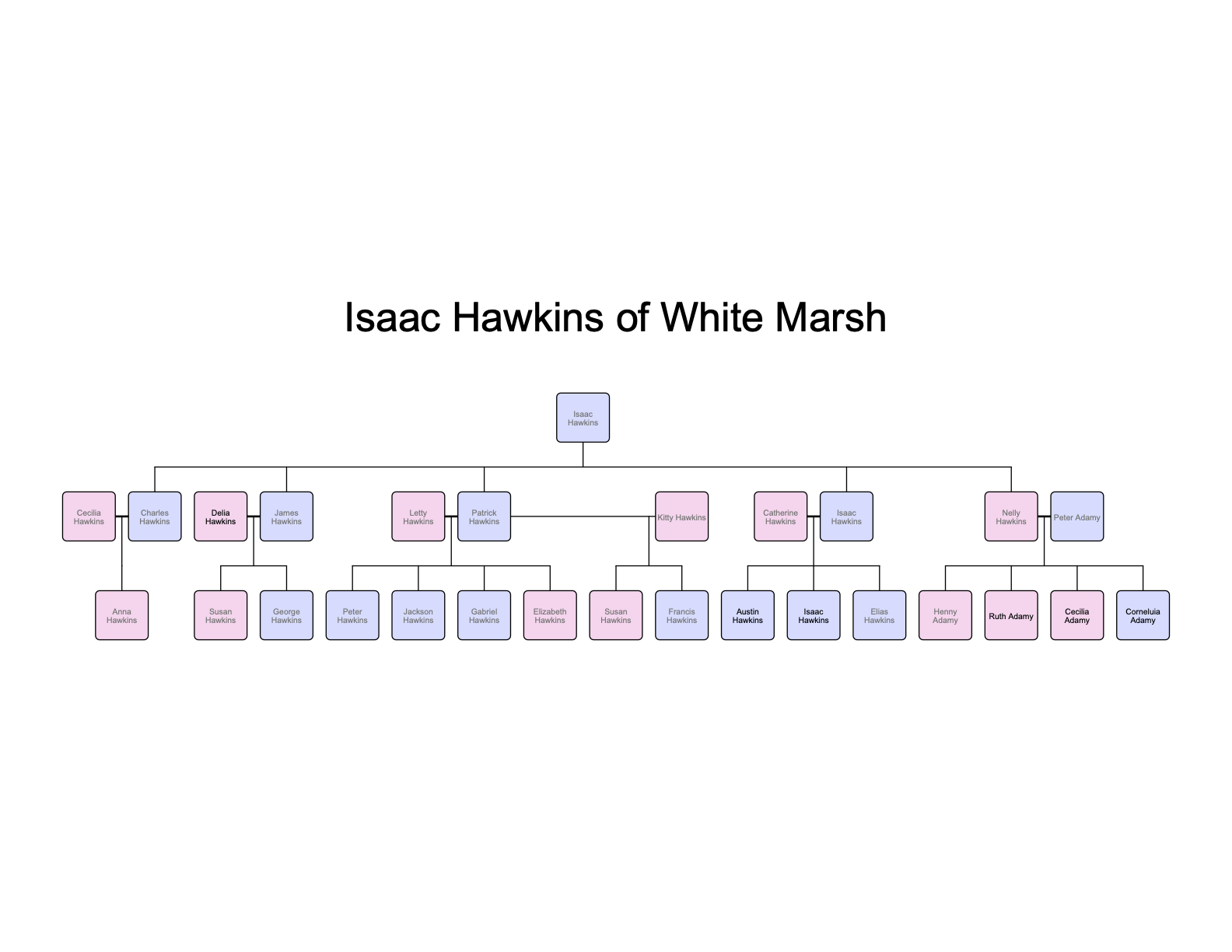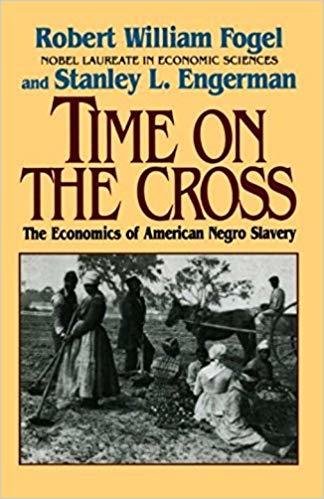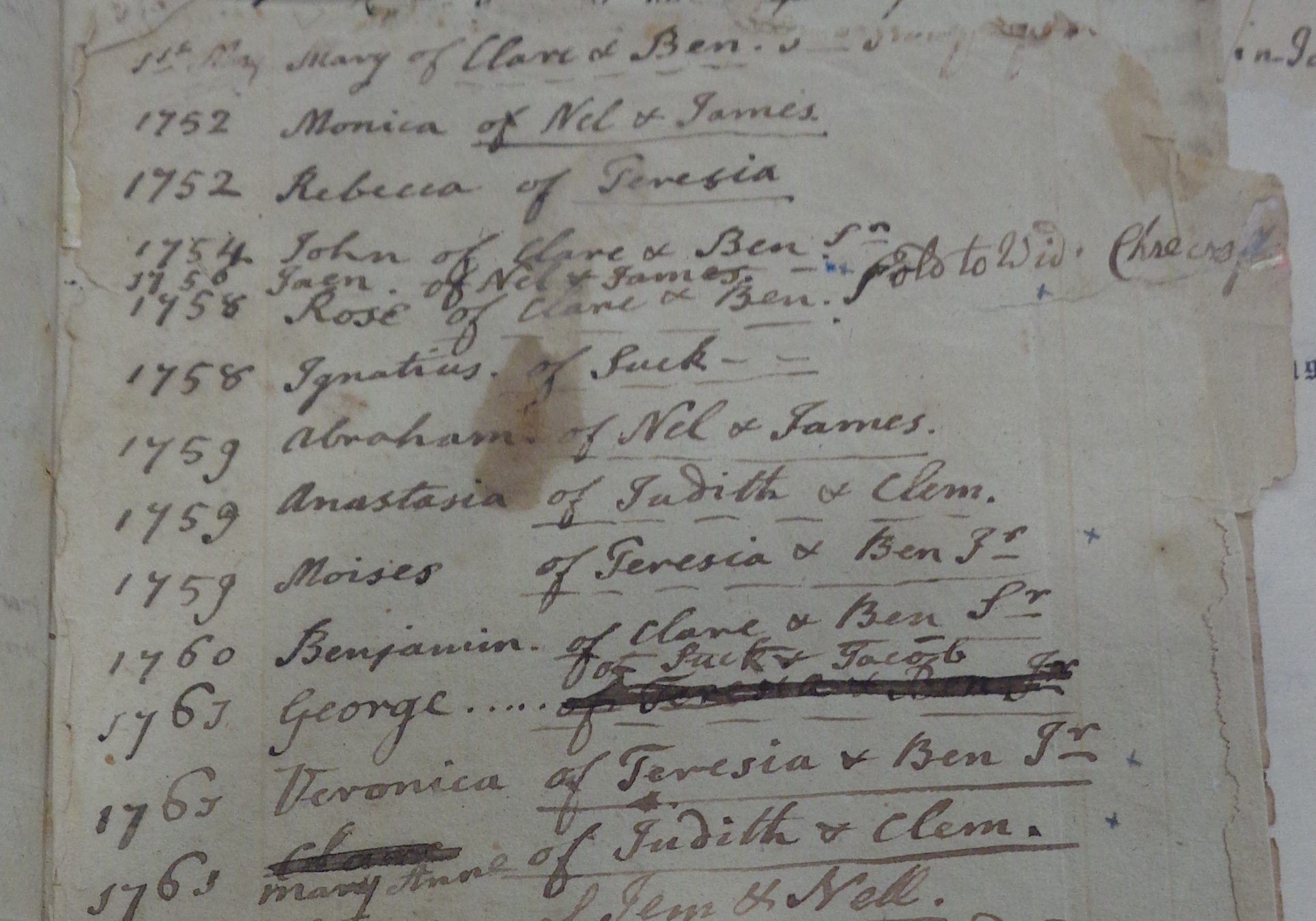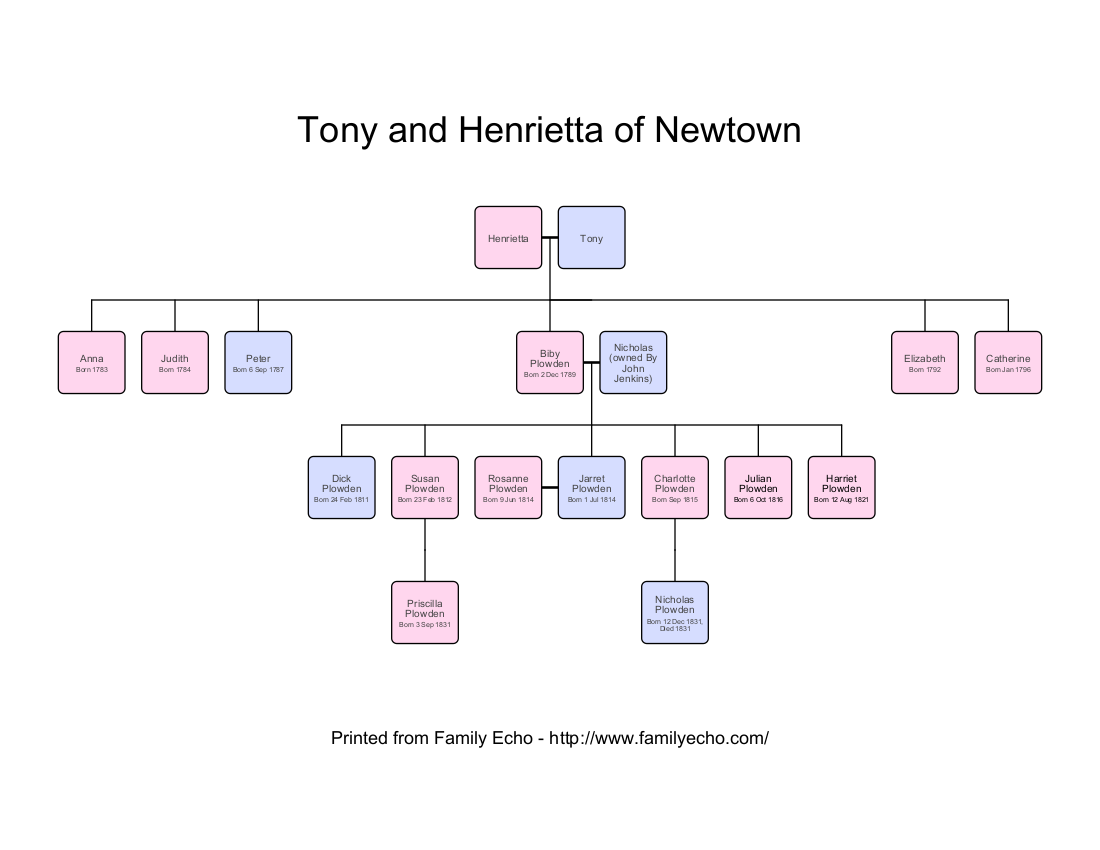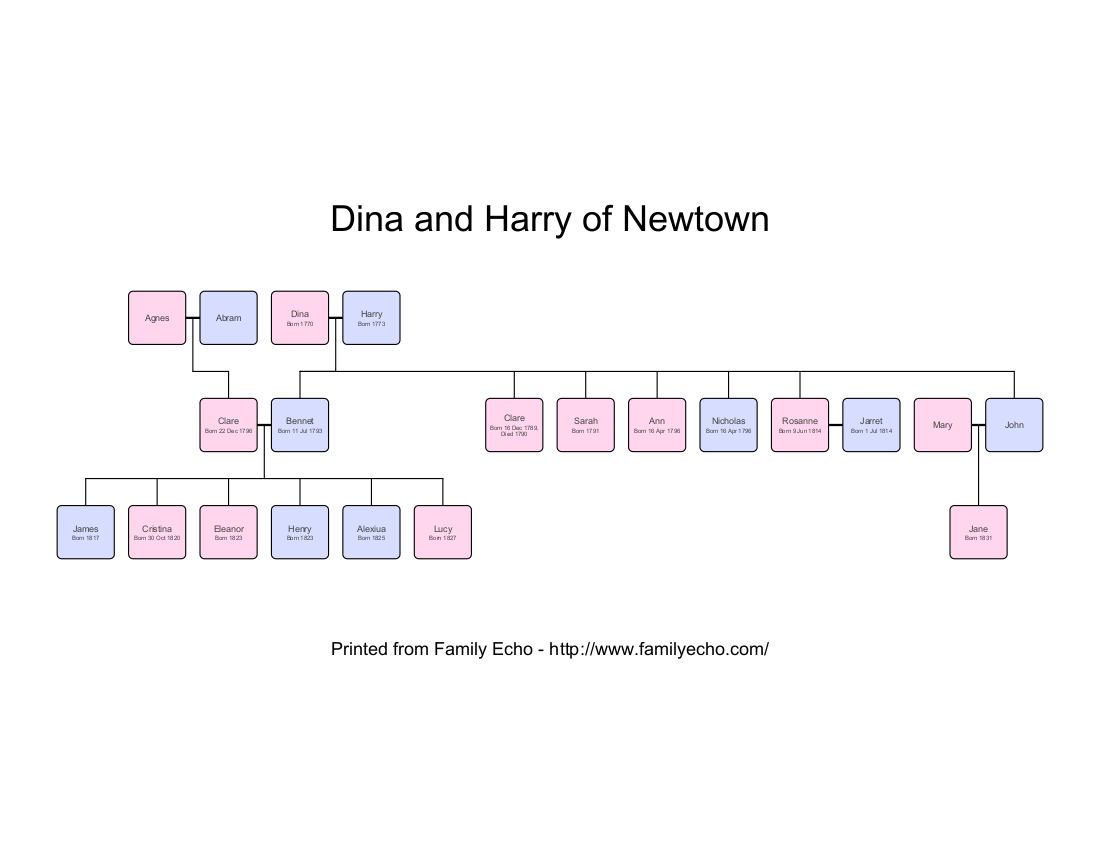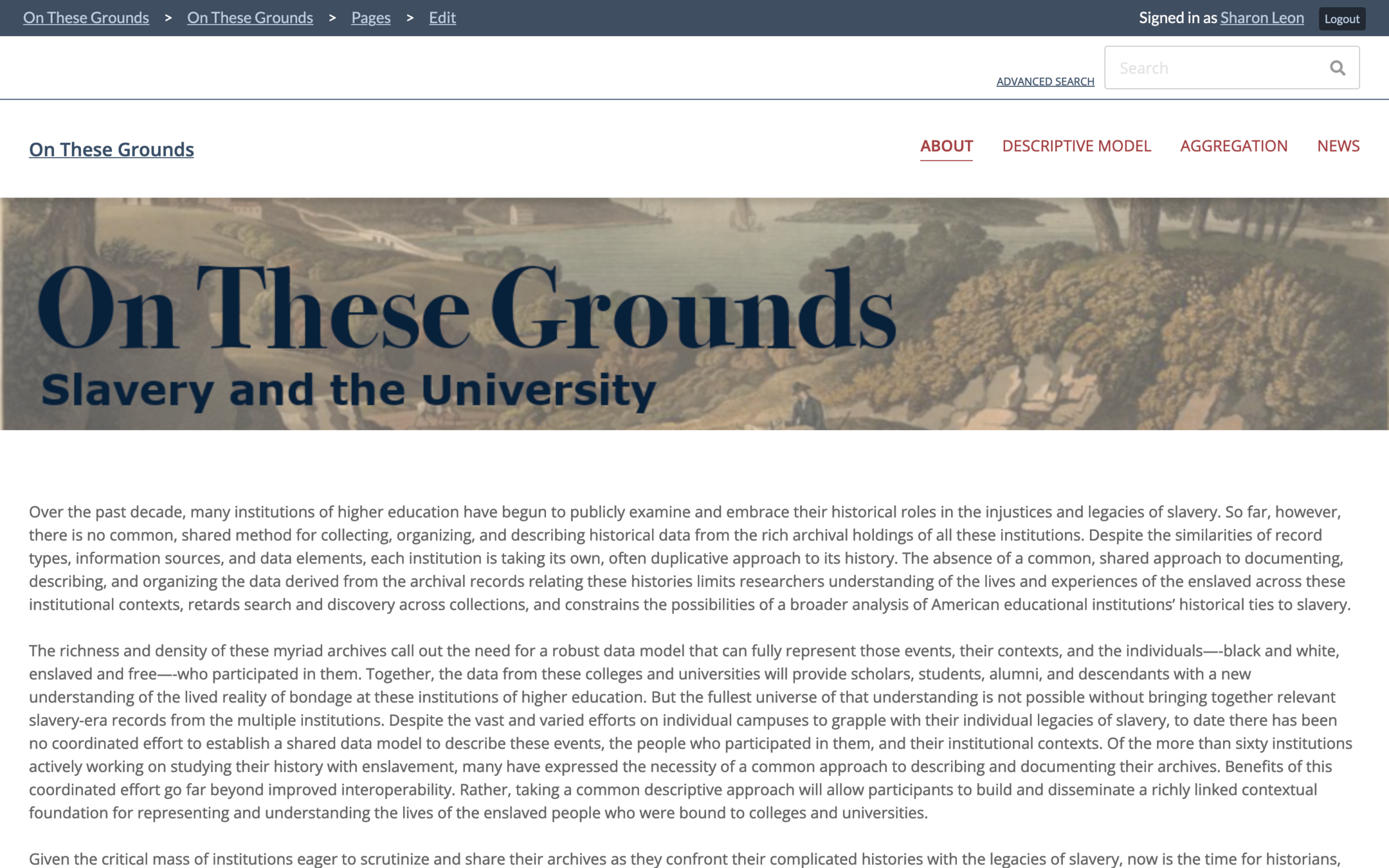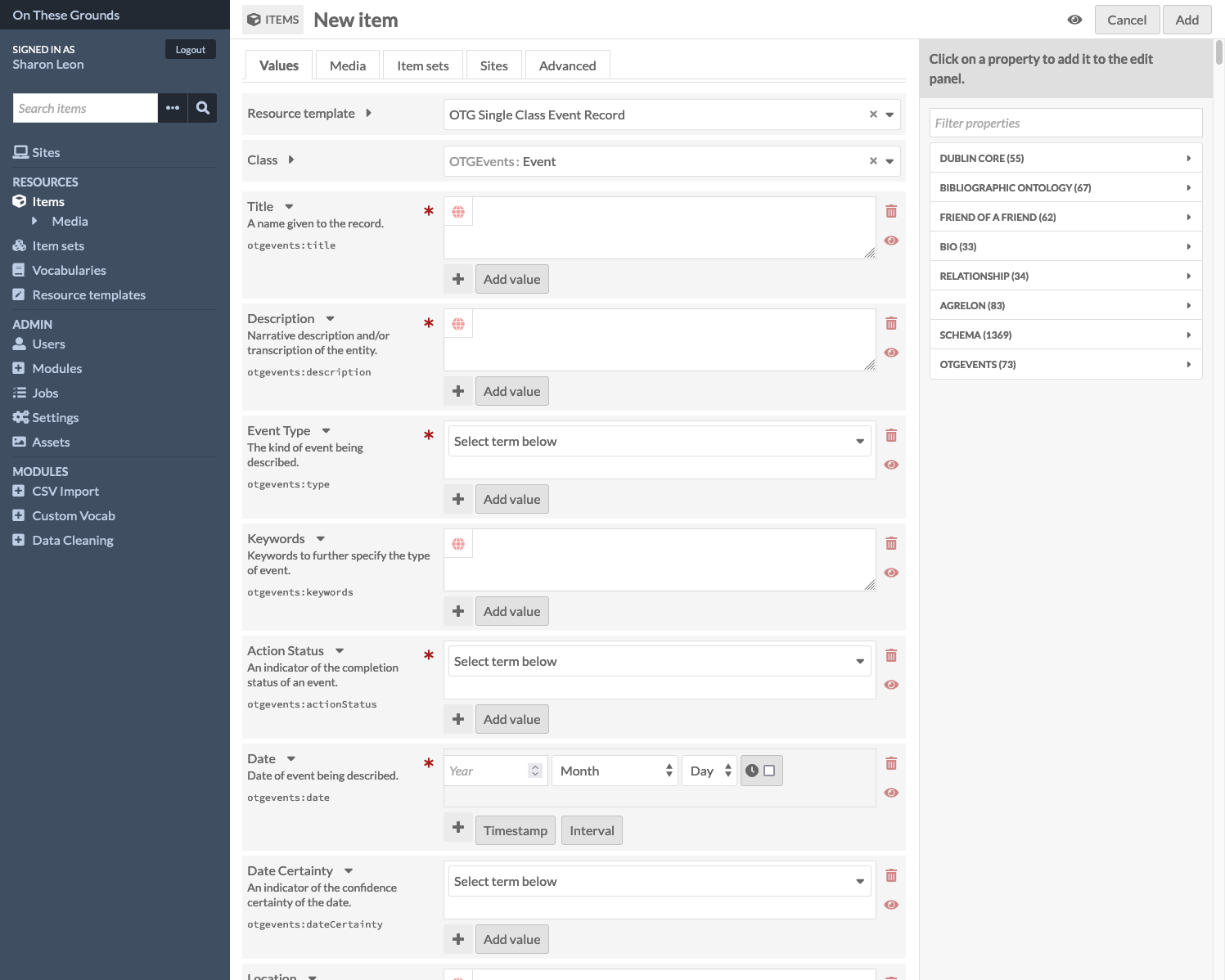How shall we represent their lives? Using Digital Humanities Tools and Techniques to Recover the Lived Experiences of Enslaved People
By sharonmleon
How shall we represent their lives? Using Digital Humanities Tools and Techniques to Recover the Lived Experiences of Enslaved People
In 1838 Thomas Mulledy, S.J. signed his name to an agreement selling the 275 enslaved persons who resided on Jesuit-owned estates in Southern Maryland to Louisiana. The sale served as the culmination of the Maryland Province of the Society of Jesus’s fraught experience with slaveholding in the colonial and early national period. While much historical work has been written on Jesuit slaveholding, that writing has primarily focused on the implications for the religious community and the moral universe in which these men made their decisions about slavery. Thus far, however, no scholar has studied the enslaved people themselves. In the Jesuit Plantation Project , Sharon Leon focuses on the lives and experiences of the enslaved, rather than on their Jesuit owners. Focusing on the enslaved community itself makes this project ideally suited for digital methods. This presentation will explore the stories of this group of enslaved people while at the same time raising some considerations for the ways that historians should think about their approach to data-driven work.
